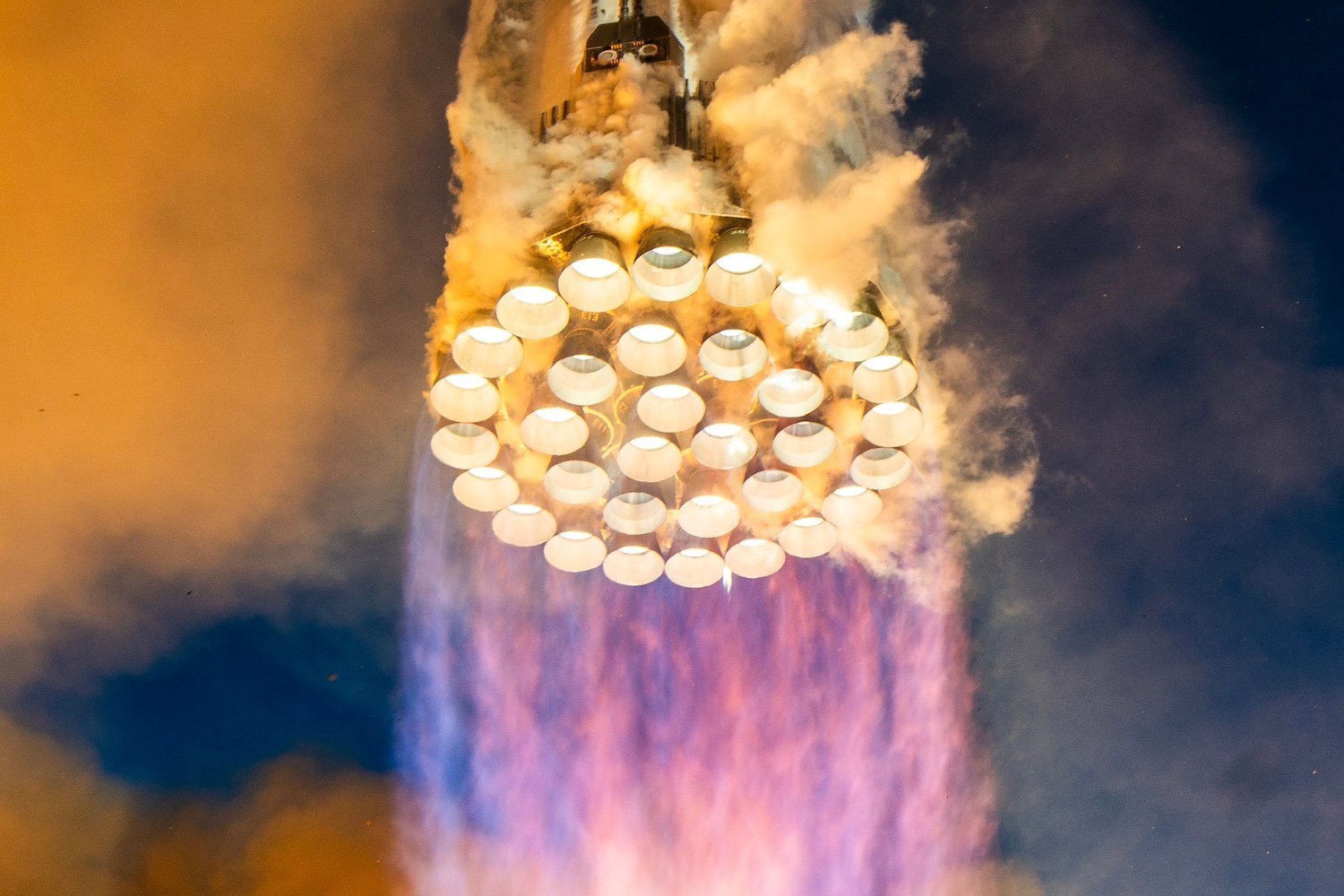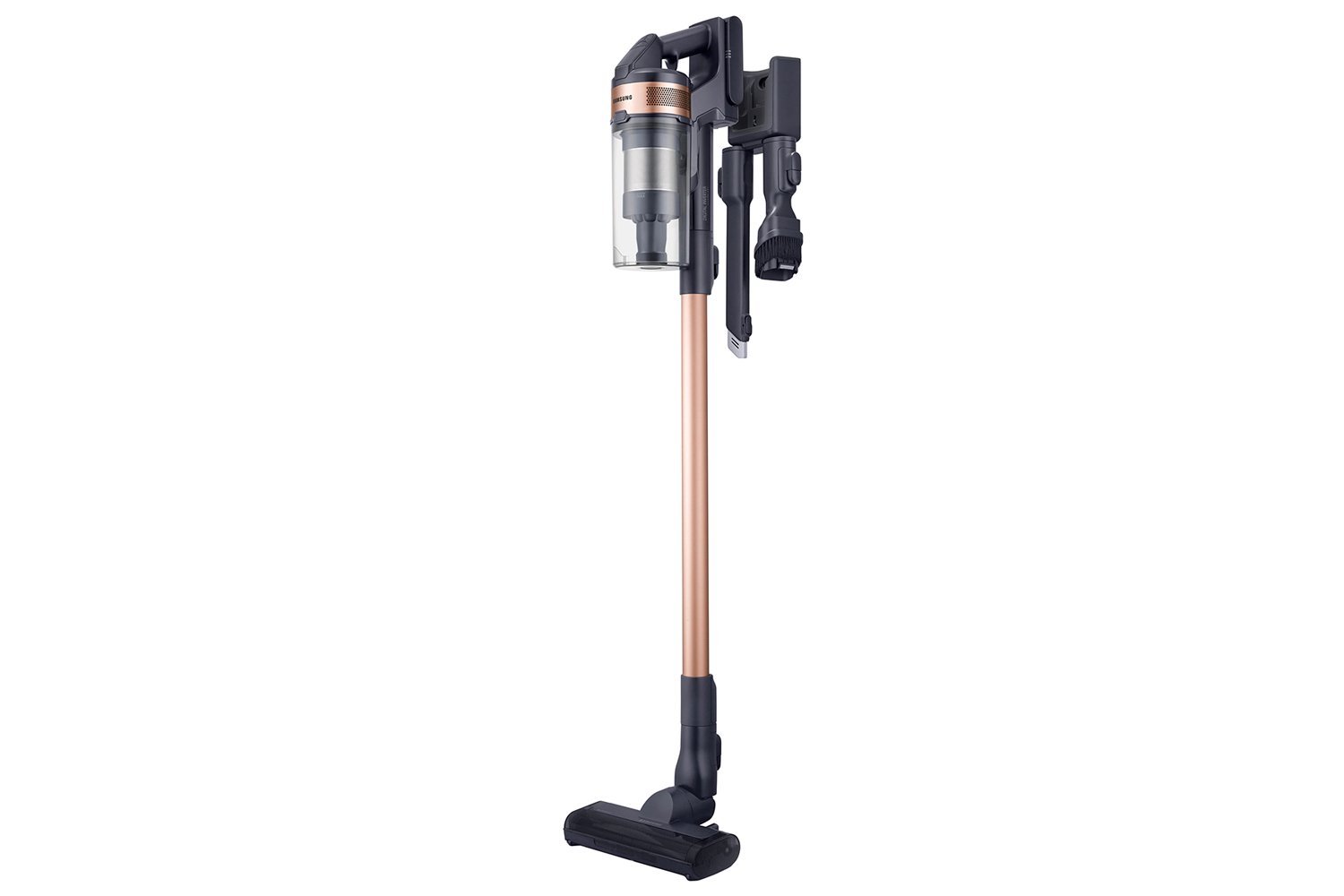SpaceX founder and CEO Elon Musk wants to fly the company’s Starship rocket a lot, aiming for 100 launches a year. That’s potentially bad news for the area surrounding the company’s Starbase, as the megarocket generates thunderous noise capable of causing damage during its launch and reentry.
A group of researchers measured the sound and air pressure resulting from Starship’s fifth test flight, which took place in October. They found that the biggest rocket ever built poses a greater risk of structural damage, such as glass breaking and falling ornaments, to Port Isabel and the south end of South Padre island in Texas. The findings were recently published in the Journal of the Acoustical Society of America’s Express Letters.
Starship lifted off for its most recent test flight on Tuesday, burning approximately 3,400 tons of propellant during its launch. About seven minutes after blasting off, the rocket’s Super Heavy booster came down for its reentry through Earth’s atmosphere, igniting 13 Raptor engines to control its descent. The rocket’s return creates a sonic boom, a powerful shock wave produced when an object moves faster than the speed of sound, causing pressure waves to merge as it breaks the sound barrier. Aside from reentry, Starship produces an additional sonic boom following the separation of the vehicle’s hot staging ring, a removable heat shield that falls back down towards the Earth from a high altitude.
On October 13, Starship launched for a groundbreaking fifth test flight. For the first time, the rocket’s Super Heavy 232-foot-tall (71 meters) booster gently came down towards the tower, which caught the rocket with its extended mechanical arms like a giant pair of chopsticks. It was a an impressive engineering feat, one that inched Starship closer to reusability. However, it also produced a tremendous amount of noise.
The sonic boom measured during Starship’s fifth integrated test flight far exceeds that produced by SpaceX’s Falcon 9 rocket and NASA’s Space Launch System (SLS), according to the research. Starship’s launch generated noise at least 10 times louder than a Falcon 9 and significantly louder than the SLS during liftoff.
“Although these are relative comparisons, they provide greater insight into a vehicle that may soon launch more than 100 times per year,” the letter read. “To understand Starship’s potential noise impacts on sensitive structures, communities, and the environment, additional measurements are needed.”
SpaceX has previously denied allegations that its Starship rocket poses a threat to surrounding wildlife habitat in Boca Chica, Texas, where Starbase is located. A group of environmental organizations in Texas filed a lawsuit against the Federal Aviation Administration (FAA) following the inaugural launch of Starship. The lawsuit accuses the FAA of rushing the permitting process without adequate environmental review or mitigation requirements.
SpaceX’s launch site in Boca Chica is surrounded by a wildlife habitat that’s considered refuge to several endangered and threatened species like ocelots, piping plovers, and Kemp’s Ridley sea turtles. Even before Starship took to the skies, the company’s previous activities on its launch site had already led to a dramatic decrease in shorebird populations and caused other harms to the local ecosystem.
Musk wants to see the company’s megarocket fly more frequently by next year, aiming for 25 launches in 2025 and building up to 100 launches a year. With that many launches planned for the future of Starship, it’s hard not to consider how the massive rocket will impact its surrounding areas when it’s making all that noise.














Leave a Reply